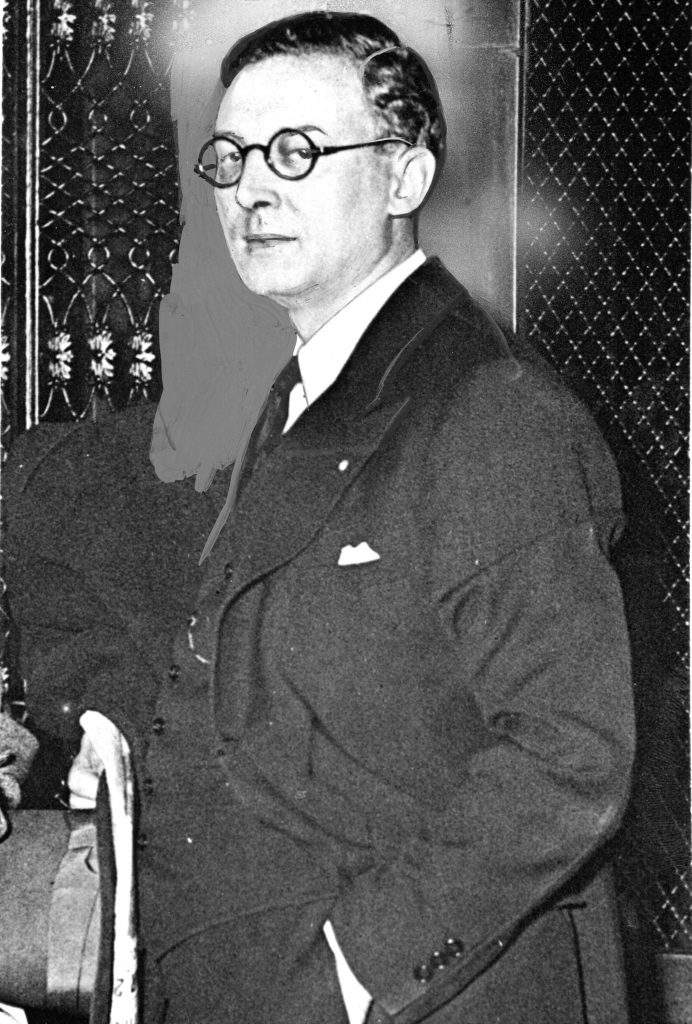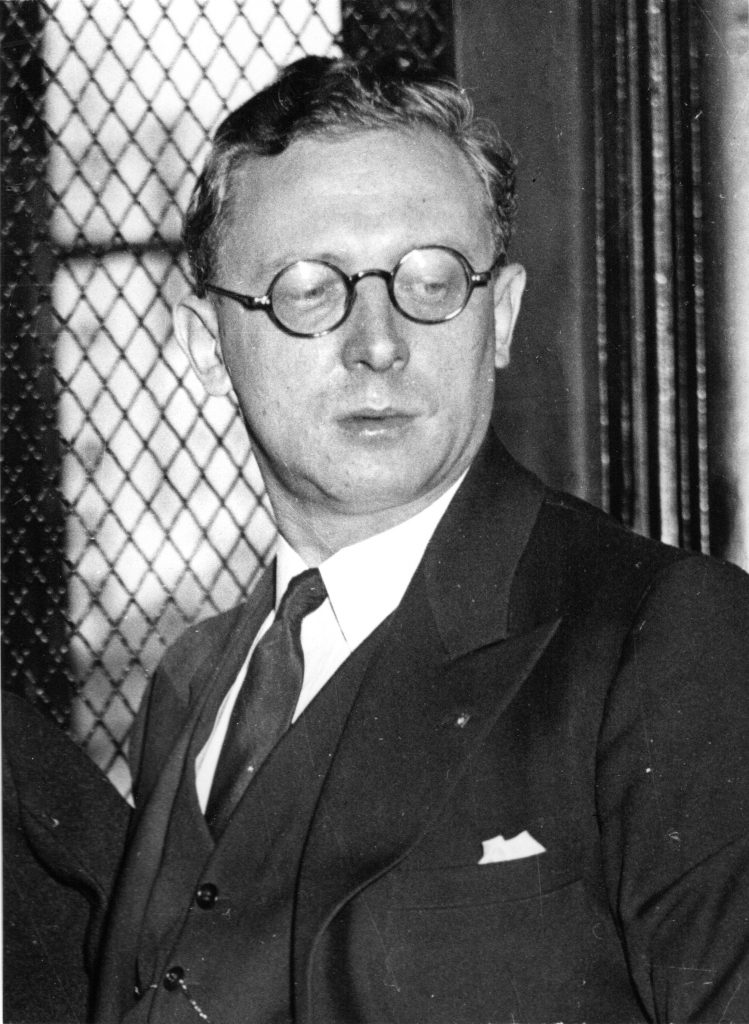The FBI’s first documented use of the polygraph in an espionage investigation came in 1938 in connection with a Nazi German spy ring operating in the United States. The most important suspect interrogated with the polygraph was Dr. Ignatz Theodor Griebl, a medical officer in the U.S. army reserve who is believed to have been the ring’s coordinator.
According to the lead FBI investigator, Special Agent Leon G. Turrou, the results of a polygraph examination administered to Dr. Griebl on 5 May 1938 “made us relax all vigilance, all watchfulness over him.” Five days later, Griebl fled to Germany aboard the S.S. Bremen.
AntiPolygraph.org has previously made available Chapter 15 of Leon Turrou’s memoir, Nazi Spies in America, which discusses the role of polygraphy in the Nazi spy ring investigation. We have also obtained and published FBI case file documents related to Griebl’s polygraph examination.
However, until recently, we had never seen a photograph of polygraph-passing spy Ignatz Theodor Griebl. Recently, two archival news photographs of Griebl were offered for public sale. AntiPolygraph.org has obtained both of them and places them into the public domain.
The first photograph has a mimeographed short news story dated 18 May 1938 (eight days after Griebl fled the country) glued to the back. It appears that a person behind Griebl has been painted out of the picture with gray paint. Features of Griebl’s face, hair, and spectacles have also been retouched with paint.

Initial fears that Griebl had been kidnapped proved to be unfounded.
The second photograph has a mimeographed news story dated 14 October 1938 glued to the back. However, this unretouched photograph appears to have been taken at the same time as the previous photograph, as Griebl appears to be in the same location wearing the same clothes.

The experience of 1938 should have served as a warning to the FBI and other federal agencies that polygraphy is not to be relied upon. Nonetheless, a decade later the CIA and NSA implemented mandatory polygraph screening, with numerous other federal agencies eventually following suit.
Sadly, in 2020 the pseudoscience of polygraphy, which has not improved in any meaningful way since its spectacular failure in 1938, sits as the centerpiece of U.S. counterintelligence and personnel security policy.
This post is misleading and represent your wishfulthinkingrather than facts. On YOUR site you published the FBI examiner conclusion regarding Dr. Griebl “This individual was unusually responsive on the Polygraph. His reac-{225}tions were so pronounced that it is believed they can be definitely isolated, and for this reason it is believed that the conclusions were unusually reliable. As a result, it is believed that he was deeply involved in the espionage ring and in direct contact with Dr. Pheiffer. It is not believed from the questioning that he personally took Lonkowski over the border. It is believed that his present co-operation with the F.B.I. agents is sincere up to a certain point, but that he is still withholding much information concerning his own complicity in the espionage network
See: https://antipolygraph.org/articles/article-027.shtml